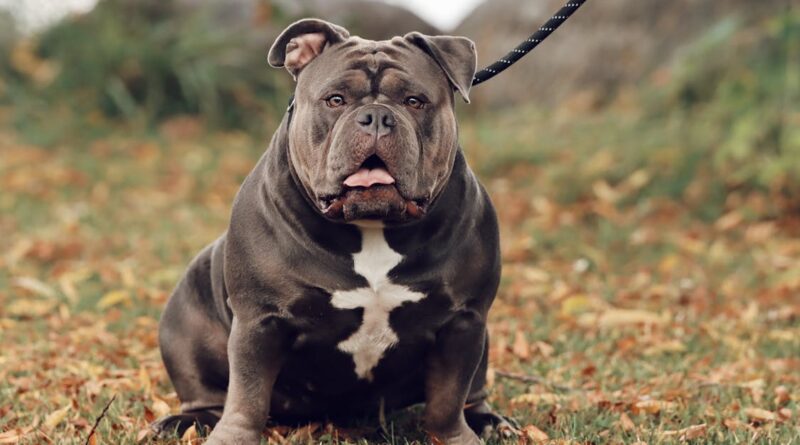Unveiling the Surprising Truth About the American Bully
The American Bully is more than just a powerful-looking dog. With its muscular build and confident stance, it often raises questions. Is this breed as tough as it looks, or is there more beneath the surface? In this article, we’ll unveil the surprising truths about the American Bully through a series of questions and answers that will reveal both the facts and emotions tied to this unique breed.
Are American bullies dangerous? Why do they have such a misunderstood reputation? You might be curious if their strong, intimidating appearance matches their temperament. While many assume the breed is aggressive, those who own an American Bully know a much softer side. This article will address common misconceptions, diving deep into whether they are a threat or a loyal family companion.
From their origins to their behavior, this breed’s story is one of love, loyalty, and the bond they form with their families. But, where do they really come from, and how did they evolve into one of the most popular breeds today? We’ll explore the hidden truths behind their history and personality traits that may surprise you.
Is an American bully right for you? This Q&A will help you discover whether this breed is a gentle giant or a misunderstood powerhouse. By the end, you’ll have a full understanding of what it’s really like to live with an American bully, breaking down myths and providing the facts you need.
Curious? Read on as we answer the burning questions about the American bully and reveal its true nature.

1. What is the best dog food for American bullies?
The 5 Best Dog Foods for American Bullies
Choosing the right food for your American Bully can make a world of difference, especially for such a muscular breed. A high-quality, high-protein diet is essential for their growth and overall health. One of the top recommendations is Taste of the Wild High Prairie Puppy Formula, a grain-free option packed with venison, bison, and sweet potatoes. It’s perfect for a sensitive breed like the American Bully, and it’s free from artificial ingredients. Another great choice is Blue Buffalo Wilderness, offering real chicken, turkey, and sweet potatoes. For those looking for more variety, Wellness CORE Natural Grain Free Puppy Formula combines real chicken, lamb, and carrots with a blend of omega-3 fatty acids to support healthy skin and coats. The Orijen Puppy Large Formula and Acana Heritage Puppy Formula also stand out, using real fish, vegetables, and fruits to provide all the essential nutrients without grains or artificial additives, ensuring your American Bully gets the best possible diet.
2. How much does an American bully and American bully puppy cost?
When it comes to the cost of an American Bully or an American Bully puppy, there are a few things to consider. The average price ranges from $1000-$5000, but this can vary based on several factors. For example, a show-quality bully or one with breeding quality can be priced higher than a standard pet. The breeder also plays a big role in determining the final price, as reputable breeders with a strong reputation often charge more. However, if you’re looking to save some money, adopting from a rescue or shelter can be a more affordable option. Keep in mind that the costs don’t just end at purchase—caring for your bully also requires ongoing investment.
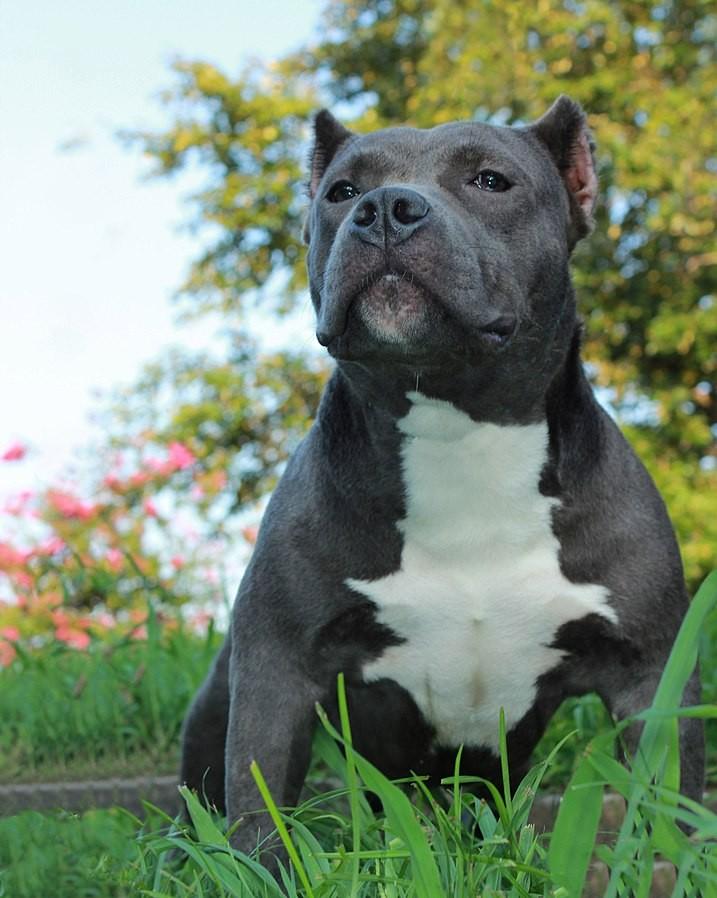
3. How to measure American bully height?
When figuring out how to measure your dog’s height, it’s important to start by identifying the tallest part of the body, which is the shoulder blades, also known as the withers. This is where you’ll place your measuring tape. Make sure the tape is held level and flush against the body, ensuring no gaps. A common mistake is to let the tape move away from the dog’s body, which could lead to inaccurate results. Stand your dog next to a wall and make sure its body is straight, so you can measure from the withers accurately.
4. Why do they cut American bully ears?
Ear cropping in dogs like the American Bully has a long history and is often misunderstood. Originally, this procedure was performed for practical purposes, especially to prevent ear infections or injuries when dogs were used for hunting or even fighting. The practice also had roots in improving performance, where cropped ears could reduce the risk of tearing during intense activities. Nowadays, however, the procedure is more common for cosmetic reasons. Many believe it enhances the dog’s appearance, giving the American Bully a stronger, more defined look, although it’s no longer necessary for its original functional purposes. Regardless of these reasons, ear cropping is a controversial topic, with some arguing against it purely for aesthetic purposes while others appreciate the tradition and the distinct look it provides.
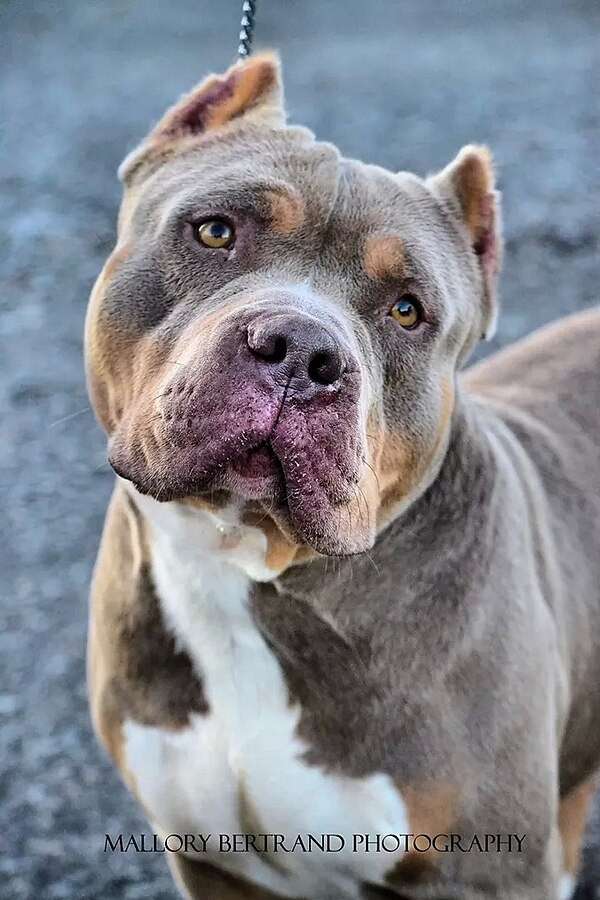
5. Why does my American bully smell so bad?
Medical Reasons Dogs May Smell
When you own an American Bully, you might notice that sometimes your dog smells bad, and you wonder why. There are a few common medical reasons that can explain this unpleasant odor. For instance, secondary yeast or bacterial infections can develop on their skin or inside ears, leading to that strong, bad smell. Dog allergies also play a big part. If your bully is constantly scratching or licking certain areas, these behaviors can make infections worse. It’s not uncommon for these dogs to develop such conditions, especially if they already suffer from allergies. Keeping an eye on their habits, like excessive licking, and regularly checking their skin and ears can help you catch the early signs of these issues before they cause more serious problems. By addressing these concerns, you can ensure your American Bully stays healthy and smells fresh.
6. How long do American bully dogs live?
On average, American Bully dogs typically live between 12 and 14 years, making them a long-term companion for any dog lover. Like any breed, it’s important to treat them with care and love to ensure they reach their full lifespan. However, certain medical problems can arise as they age. By providing them with regular vet check-ups, a balanced diet, and exercise, you can help them stay in good health and enjoy many happy years together. Keeping an eye out for early signs of illness and taking preventive measures can also help them thrive throughout their life.
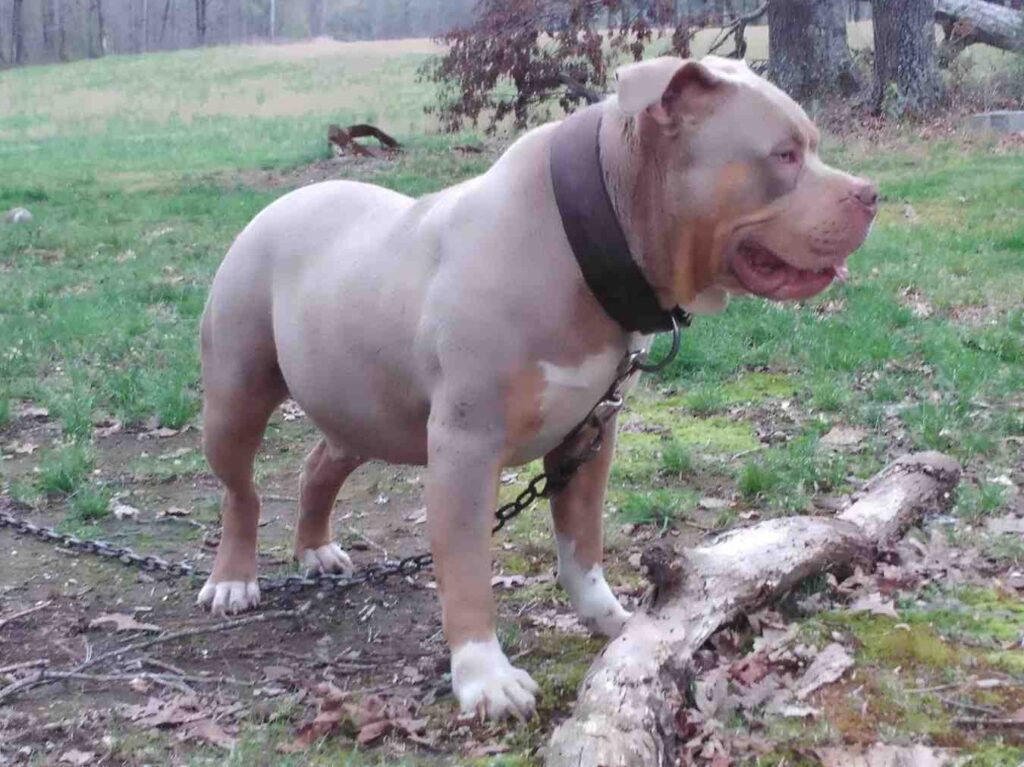
7. How much does American bully sperm cost?
When diving into the world of American Bullies, one fascinating aspect that often grabs attention is the cost of American Bully sperm, especially when considering top-notch bloodlines like Loki or XL American Bullies. Breeders with ABKC-registered dogs frequently receive inquiries about pricing. For those searching for high-quality breeding, options like chocolate, blue, dilute, and fawn-colored bullies are quite popular. Some dogs even showcase unique traits like a black mask, brindle, or pied coat, while others sport striking Merle patterns. To meet nationwide demand, many breeders offer to ship semen, allowing future owners from all over the country to access the best bloodlines. With over 70+ litters produced from trusted lines, breeders utilize services like Embark to ensure the health and quality of each dog. On average, the cost can start at around $350 depending on the specifics of the stud, but prices might vary. With so many choices, from black to ticked coats, getting the right match for your breeding goals is easier than ever.
8. When can I breed my American bully female?
When it comes to breeding your female American Bully, timing is everything. While it may be tempting to start early, it’s crucial to wait until she reaches the age of at least 18 months. This ensures she has achieved both mental and physical maturity. Prior to this age, she may not be ready for the challenges that come with carrying and raising a litter. In the event that you proceed too early, it can affect her long-term health and well-being. Only when she’s fully developed should you proceed with breeding, ensuring both her and her puppies thrive. Taking the time to wait for sufficient growth and readiness will result in a much healthier experience for both you and your dog.
9. Is American Bully safe to pet?
The American Bully is often misunderstood due to its powerful breed status and the potential for aggression that some people associate with it. However, with proper training and consistent care, this dog can become an excellent family dog. While it’s true that the breed has been banned or restricted in several countries, including the United Kingdom, Ireland, Turkey, and the United Arab Emirates, it’s important to remember that its strength doesn’t automatically make it dangerous. A well-trained American bully, raised in a loving environment, can be gentle and protective.
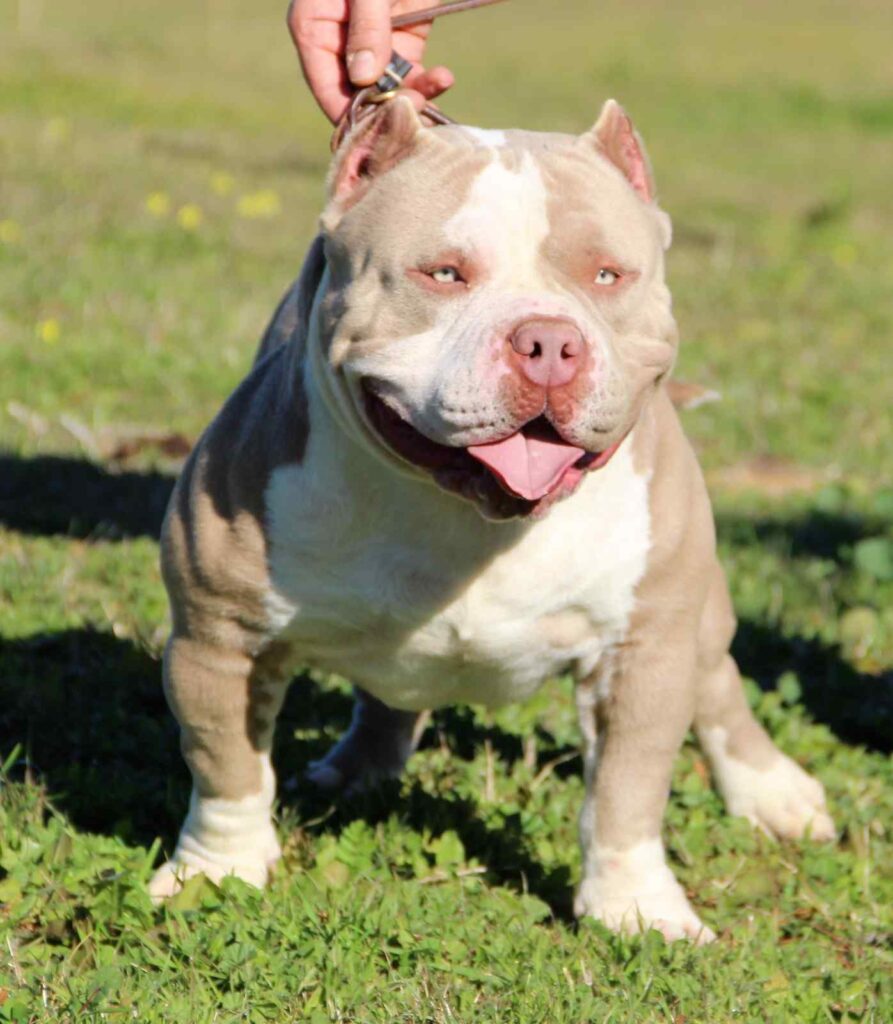
10. Is American Bully a Pitbull?
When people talk about American Bullies and Pitbulls, they often use the breed names interchangeably, but these dogs are not the same. The American Bully was developed by crossing American Pit Bull Terriers with different bulldog breeds like the American Bulldog and Olde English Bulldog. This cross led to dogs with unique physical traits that can sometimes make it hard to tell apart from a Pitbull. Despite their similarities, these two dogs have distinct features. However, the terms are often misused, leading many to label and identify them incorrectly. Though they share some ancestry, a Pitbull and an American Bully are not the same breed, even if it might seem easy to confuse them at first glance.
11. Are American bully dogs illegal in any country?
The American XL Bully breed has sparked controversy across different countries due to a series of violent attacks. In some places, like the United Arab Emirates and Turkey, it is completely illegal to own or possess these dogs. In the UK, including England and Wales, American XL Bully dogs are now banned after a campaign by animal rights groups, who argue the breed is inherently dangerous because of its strength and size, which have led to serious bites and attacks.
In other regions like the Republic of Ireland, while it’s not fully banned, the law requires that American bullies be kept on a leash no longer than 2 meters and muzzled in public spaces. Additionally, owners need to show proof of neutering and hold liability insurance. Meanwhile, in the UK, certain American XL bully owners may apply for a Certificate of Exemption, provided they meet strict conditions like ensuring the dog is muzzled in public and having insurance.
12. Will American Bully bite?
Yes, the American Bullies were originally bred from bull breeds, and their history involves dogs used in bull-baiting and dog-fighting. However, the genetic predisposition for aggression has been greatly reduced through careful breeding efforts. Modern American bullies are known to be gentle companions, loyal, and protective of their family members. They are often watchdogs who may display unexpected aggression only when they sense a real threat. While their ancestors were known for biting and tugging, today’s bullies are more likely to be seen jumping playfully rather than showing hostility. Still, like any dog, their behavior depends on training and socialization, as their genetic history doesn’t entirely erase instincts like holding or biting when provoked.
When it comes to the American Bully, many wonder if this breed is prone to bite. Like any dog, they can, but it’s important to note that the bite force of an American Bully—especially the XL bully—is quite impressive. With a bite measured at around 305 pounds per square inch (PSI), their bite strength is among the strongest of all dog breeds. This powerful bite force can be a surprise to many, as it is one of the highest recorded. The impressive PSI of the American Bully reflects the breed’s robust physique and natural power, but with proper training, this strength is rarely misused.
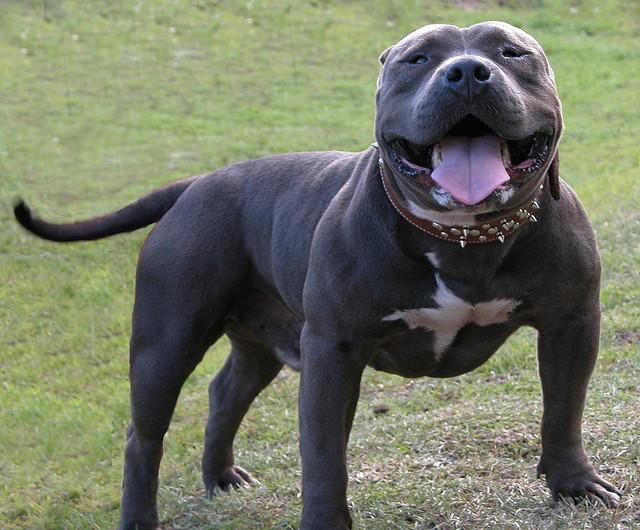
13. Is American bully a pure breed?
The American Bully is often misunderstood when it comes to being a purebred dog. It is not considered a purebred in the traditional sense, as it was developed by crossing multiple breeds. In the 1990s, breeders combined the American Pit Bull Terrier and the American Staffordshire Terrier, along with influences from the American Bulldog and Olde English Bulldog. The goal was to create a more family-friendly companion. Over time, this new breed became known for its loving and loyal nature while not typically displaying the same aggression seen in its parent breeds. In 2013, the United Kennel Club officially recognized the American Bully as a distinct breed, making it clear that it is based on careful breeding rather than blood sports. Despite its tough appearance, the American Bully is a gentle, protective companion, especially toward family members.
14. Is American bullying good for family?
American Bullies are often considered one of the friendliest dog breeds, making them a good choice for families. Their temperament is remarkably gentle, and they are incredibly loyal and affectionate. These dogs are especially friendly with children and other pets, which is why they are loved as family companions. Despite their strong appearance, they tend to be more of a gentle giant. In my experience, they are one of the few breeds that can transition from playful with kids to calm and loving in a heartbeat.
Additionally, American Bullies are highly intelligent and fairly easy to train, which makes them a great option for first-time dog owners. They respond extremely well to positive reinforcement training techniques, and with the right approach, they can quickly learn commands and develop good habits. Their trainability adds to their appeal, particularly because they aim to please and love being rewarded for their efforts.
When it comes to exercise, it’s important to remember that American Bullies are very active dogs. They need daily walks, regular playtime, and training sessions to stay healthy and happy. It’s also important to note that while these dogs are naturally protective of their owners, they can sometimes exhibit aggression towards strangers if they are not properly socialized. Given their size and weight, supervision is necessary around young children, especially newborns.

15. Are American bullies aggressive toward other dogs?
When it comes to American bullies, people often wonder if these dogs are naturally aggressive towards others. The truth is, their personality and temperament can be quite unique. If bullies are socialized and given proper training from a young age, they tend to be among the friendliest of breeds. Early socialization helps prevent negative behaviors, ensuring they grow up friendly and accepting of other animals. Though they may look tough, with the right environment, pups can be incredibly loving. It’s important to be careful when raising them, as improperly raised or unsocialized dogs can become more challenging. This breed is truly great, but it’s the unknown factors—such as how they are treated or trained—that play a huge role in shaping their behavior.
16. What makes a Pitbull different from an American bully?
When it comes to American Bully vs. Pitbull, many people confuse these two breeds due to their muscular bodies and strong appearances, but they are quite different. American Bullies have a more muscular build and are often taller than Pitbulls, with a body shape that highlights their robust muscle growth. In contrast, pitbulls tend to be shorter, and their snouts and tails are usually longer than those of bullies. The physical difference becomes even more evident when comparing their head size and height; bullies have a larger and blockier head, while pitbulls have a more streamlined look.
Both breeds are known for their loving nature, despite their tough appearance. As these dogs become more common, it’s crucial to understand how their physical differences affect their needs, especially when it comes to their diet. Originating in the United States, both breeds have gained popularity, but for different reasons. In a breed comparison, bullies are bred more for their muscle and stature, while pitbulls maintain a more athletic and leaner frame. Their body shape and demeanor might seem similar in some ways, but in contextually related aspects like snout, tail, and overall physical difference, the separation becomes clear.
